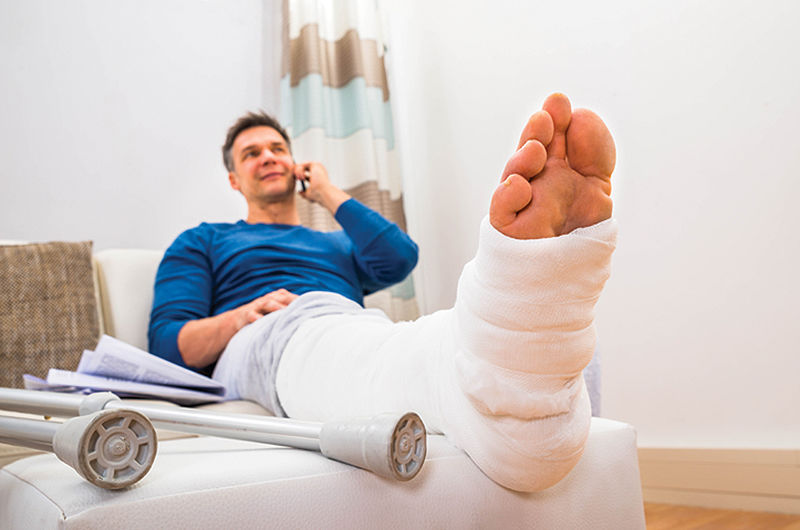Fractures may require the use of orthopedic hardware implants.
A healthy person is born with 270 bones. As a body ages, certain bones fuse together and the average adult will have 206 bones throughout his or her body. More than half of those bones are located in the hands and feet.
Bones give the human body its form and are essential to movement and keeping people upright. But bones are not impervious to fractures that can result from illness, age or injury. Surgery may be necessary to repair fractured bones, and orthopedic hardware or implants may be the best way to ensure everything heals as it should.
What is orthopedic hardware?
Orthopedic hardware or implants are substances that are placed inside or on the surface of the body. The American Orthopaedic Foot and Ankle Society states that, in the field of orthopedics, and particularly in regard to foot and ankle surgery, implants refer to hardware that is used to hold bones together, strengthen tendons and ligaments, or attach them to bone. Some implants replace the bone itself.
The process of surgical implementation of implants for the purpose of repairing a bone is called internal fixation. Although this technology may seem futuristic, according to the book “Surgery, Science and Industry: A Revolution in Fracture Care, 1950s-1990s,” this type of surgery originated in the 19th century and has been evolving ever since.
Common hardware types
Implants may be biologic and nonbiologic. Biologic materials are similar to human tissue and strengthen areas. Many operations make use of nonbiologic materials, which can be comprised of titanium, stainless steel and plastics. Among the most common types of medical implants are pins, rods, screws, and plates used to anchor bones while they heal. Wires and nails may also make up an orthopedic surgeon’s catalog of hardware options.
Depending on a person’s age and health status, bones can generally take anywhere from six to 12 weeks to heal to a significant degree, advises the Cleveland Clinic. Orthopedic hardware, in addition to casting, can help keep bones in place as they heal.
Removal of hardware
Orthopedic hardware was once routinely removed after the fracture had healed. Then physicians realized that it is not always easy to remove hardware. As a result, the decision of whether or not to remove implants is now one doctors and patients discuss.
There are mixed opinions on whether or not it is necessary to undergo further surgery to have rods or pins removed. Typically, it is a case-by-case decision based on some key criteria:
· Severe pain in the area where hardware is located.
· Impaired function in the area the hardware helped repair.
· Loss of mobility.
· Infection in or around the hardware connection site. However, the AOFAS states there is no evidence that the current implants used in orthopedic surgery result in an increased risk of infection.
Orthopedic hardware implants are frequently used to help fractures heal successfully.

